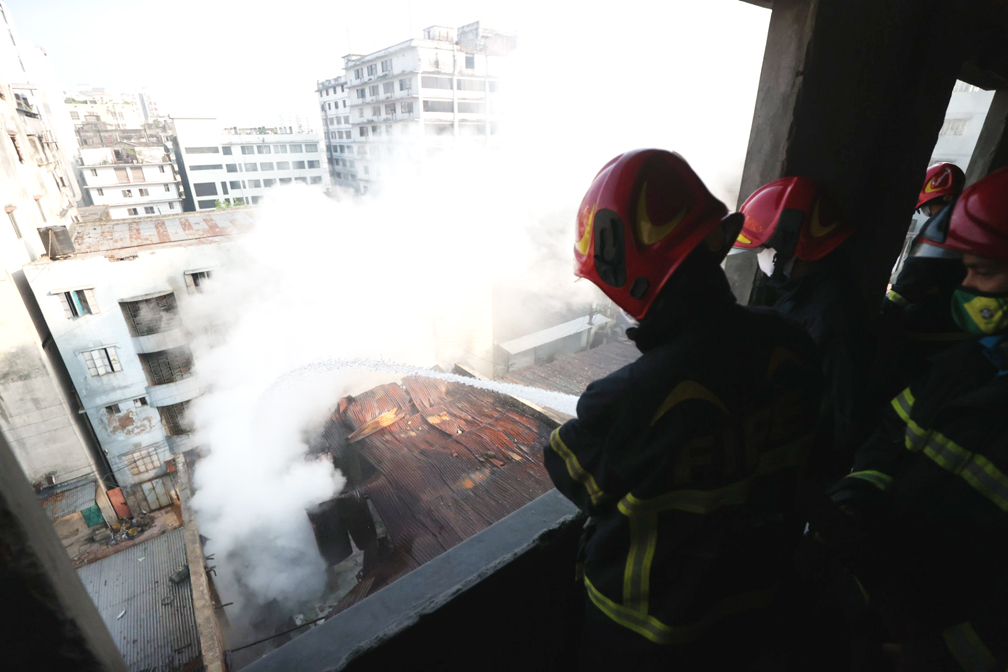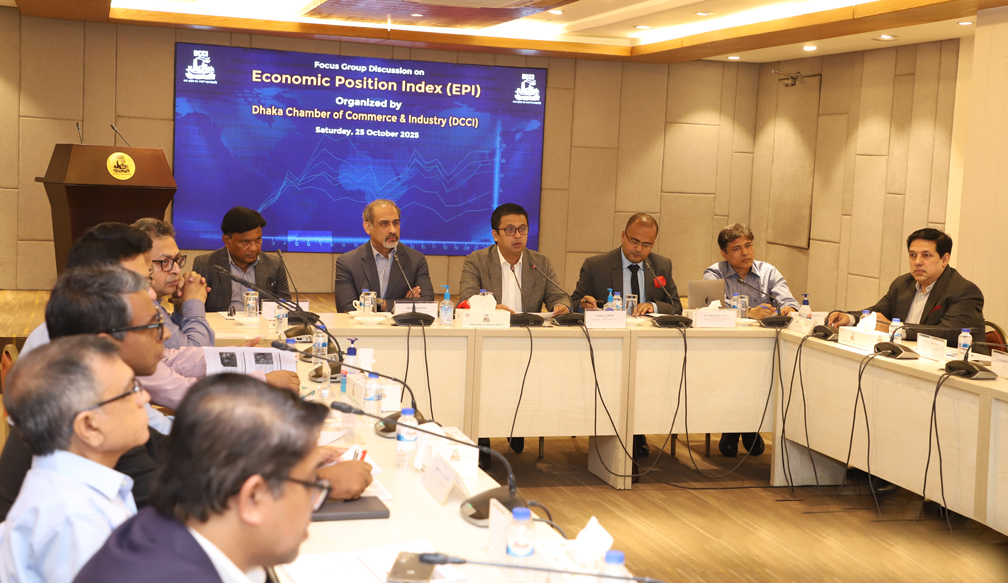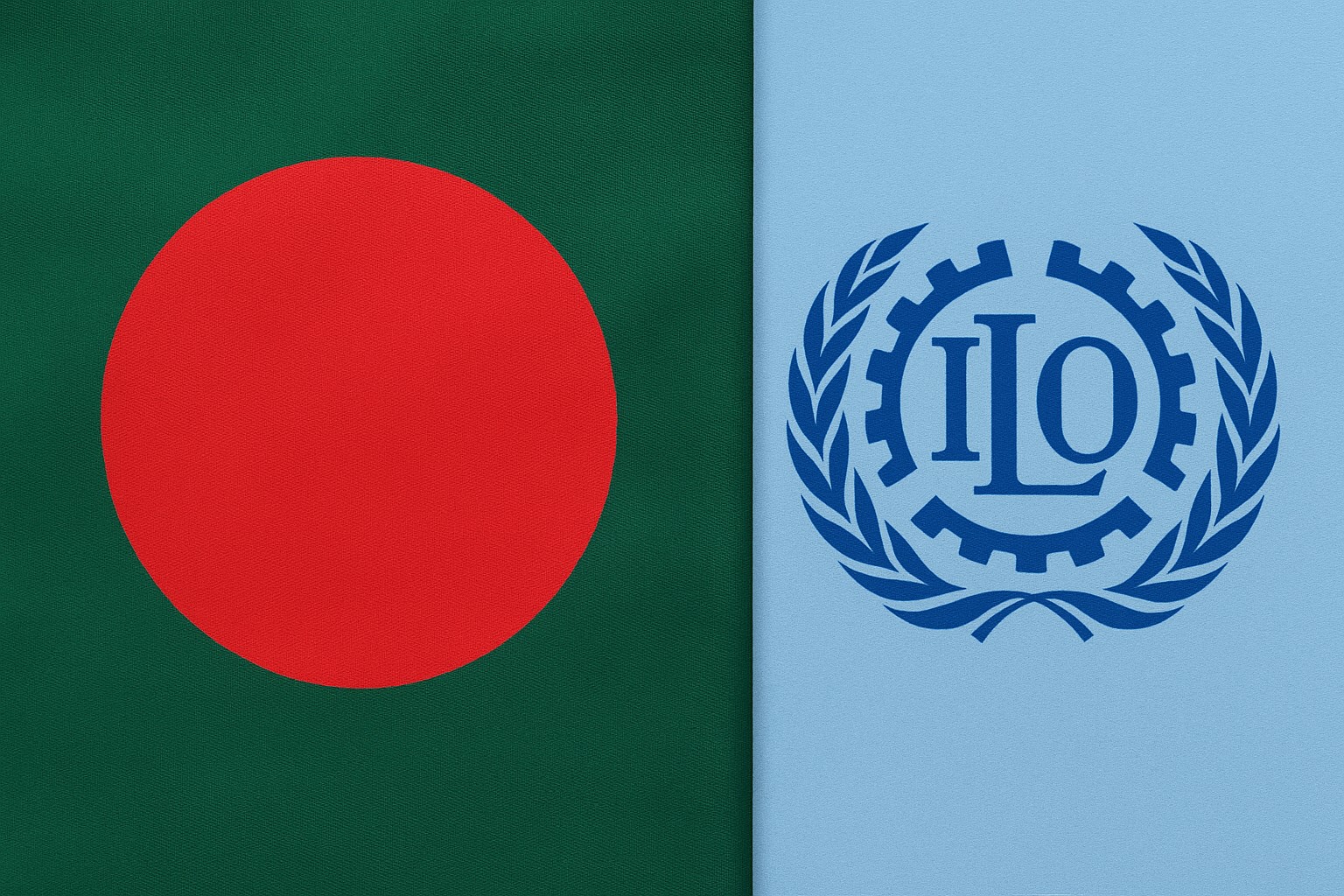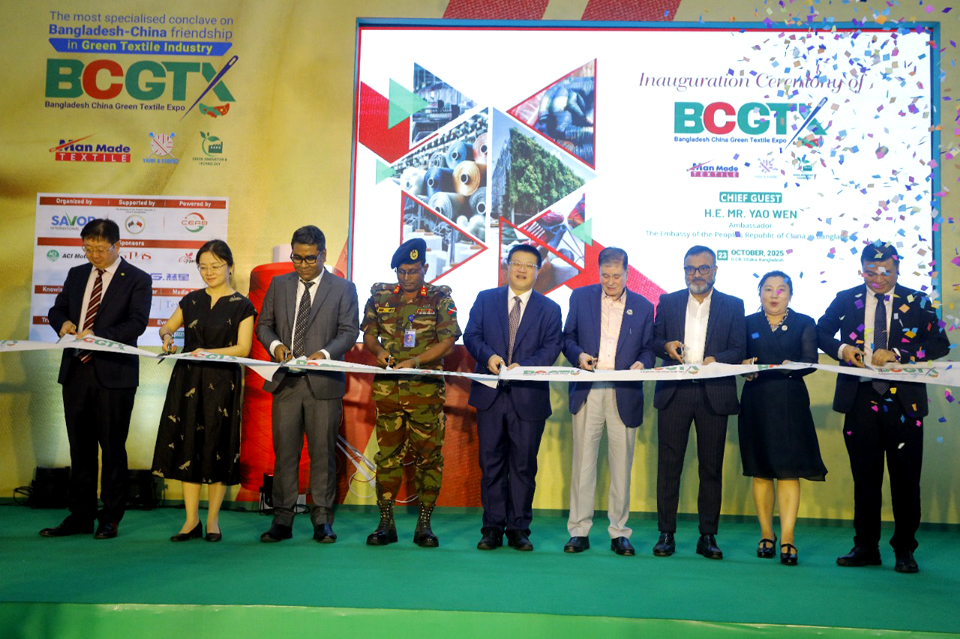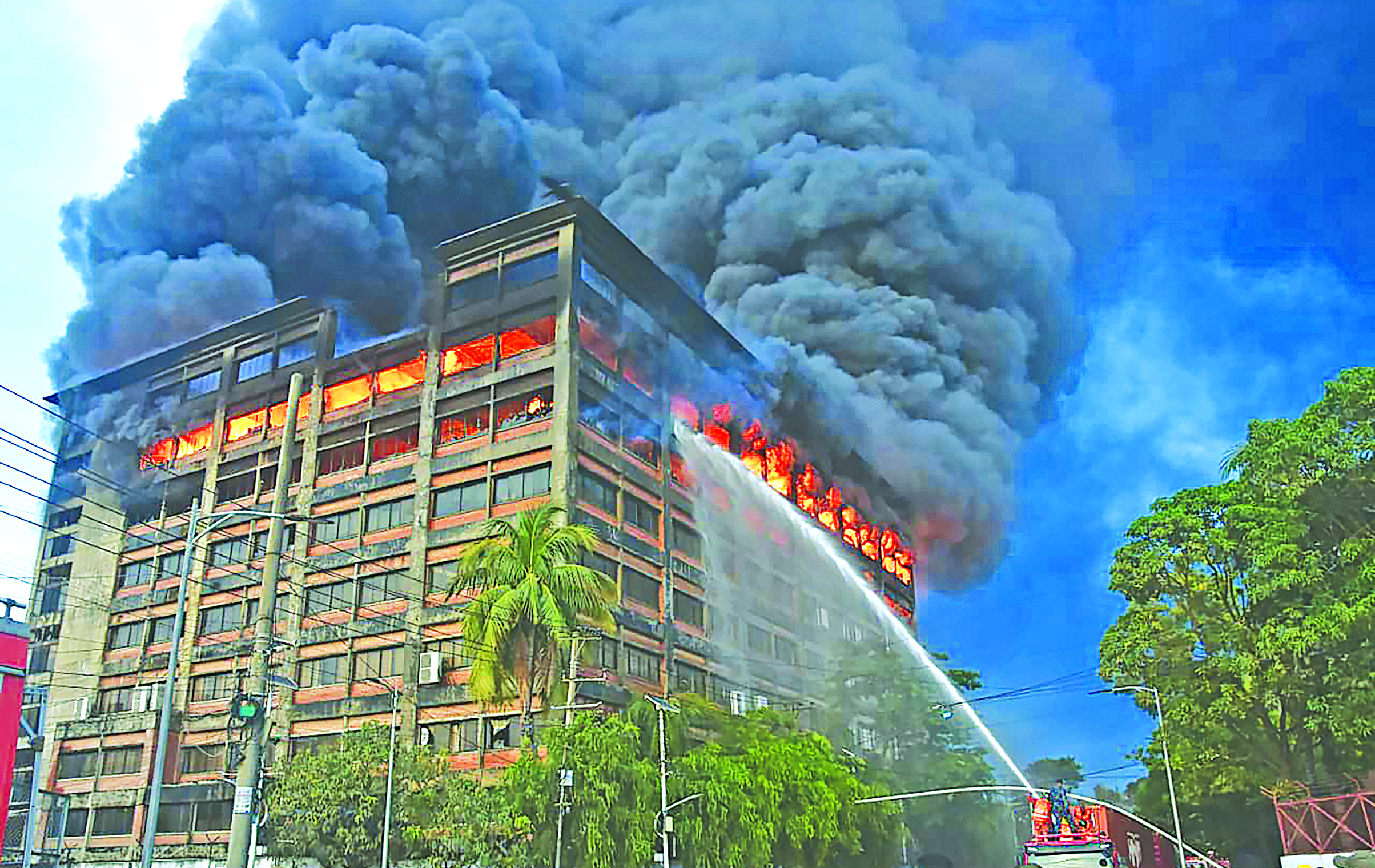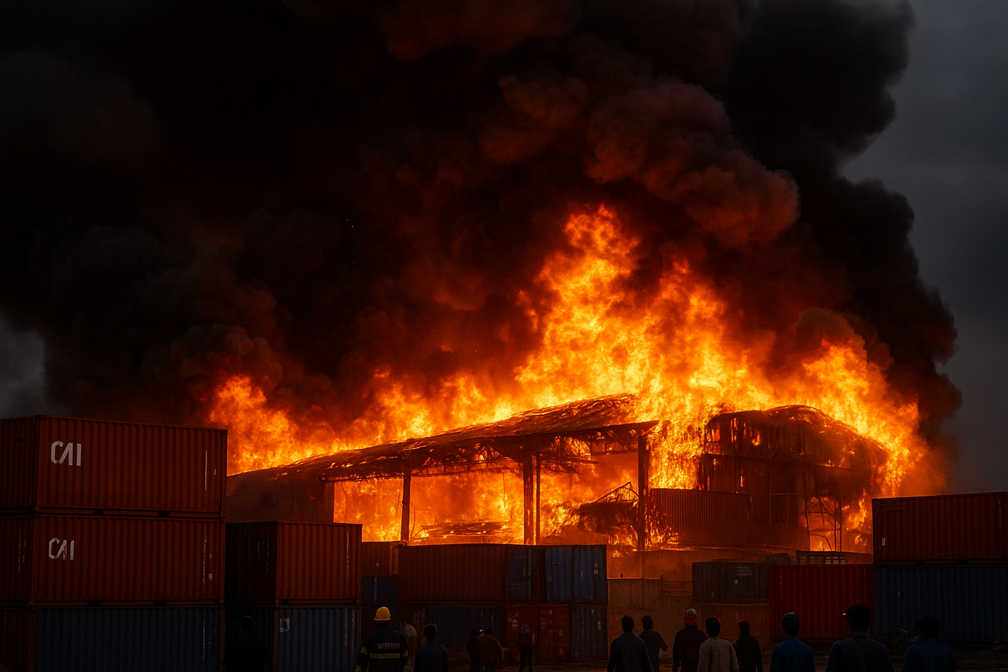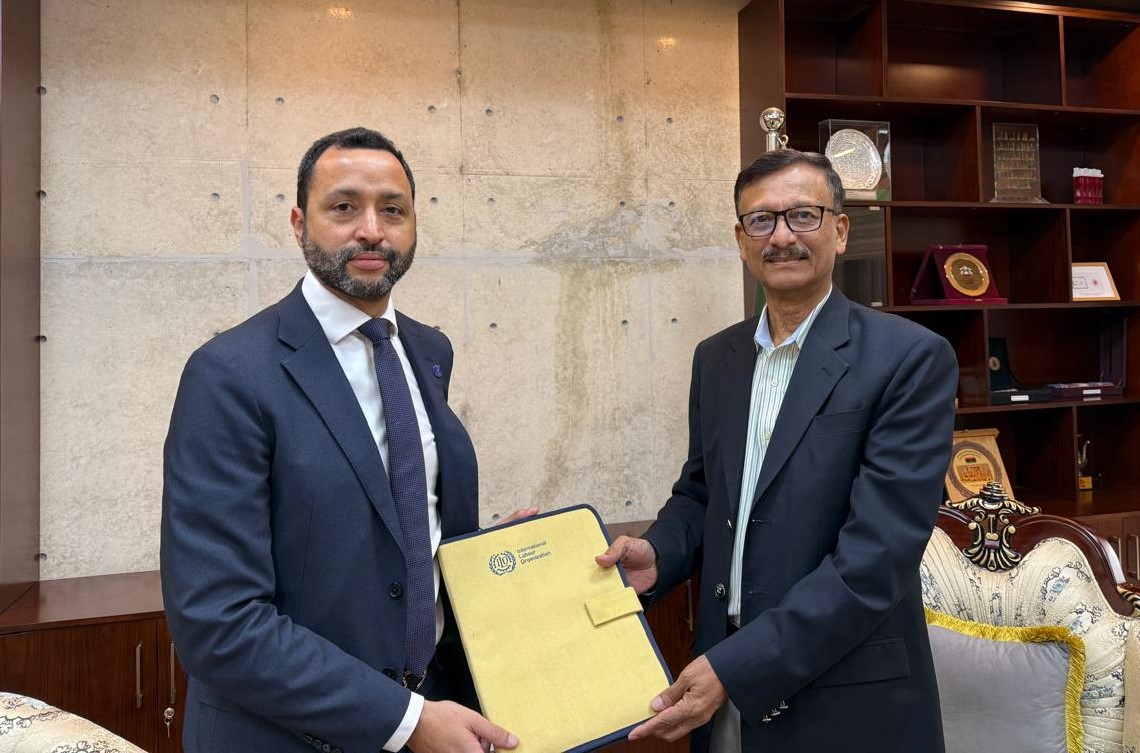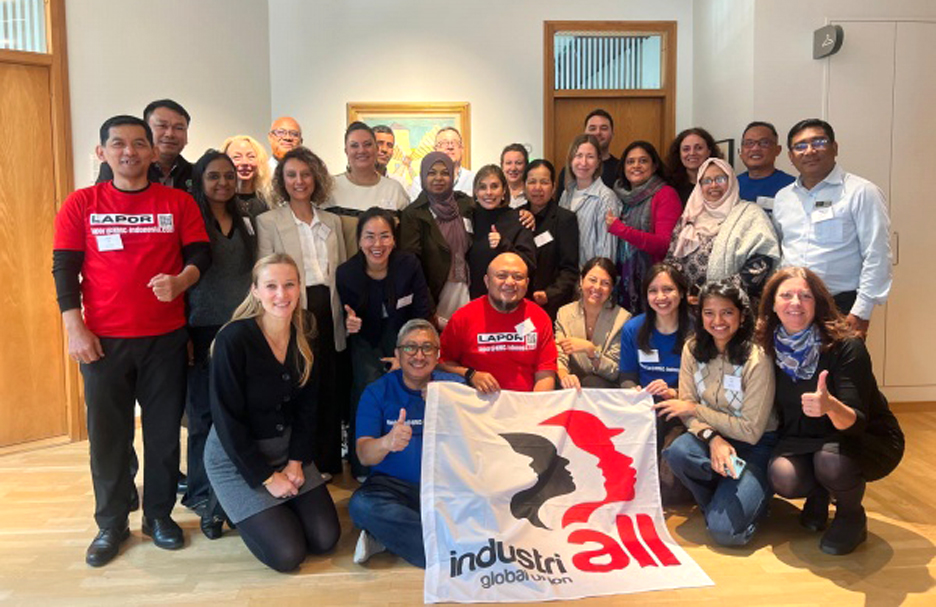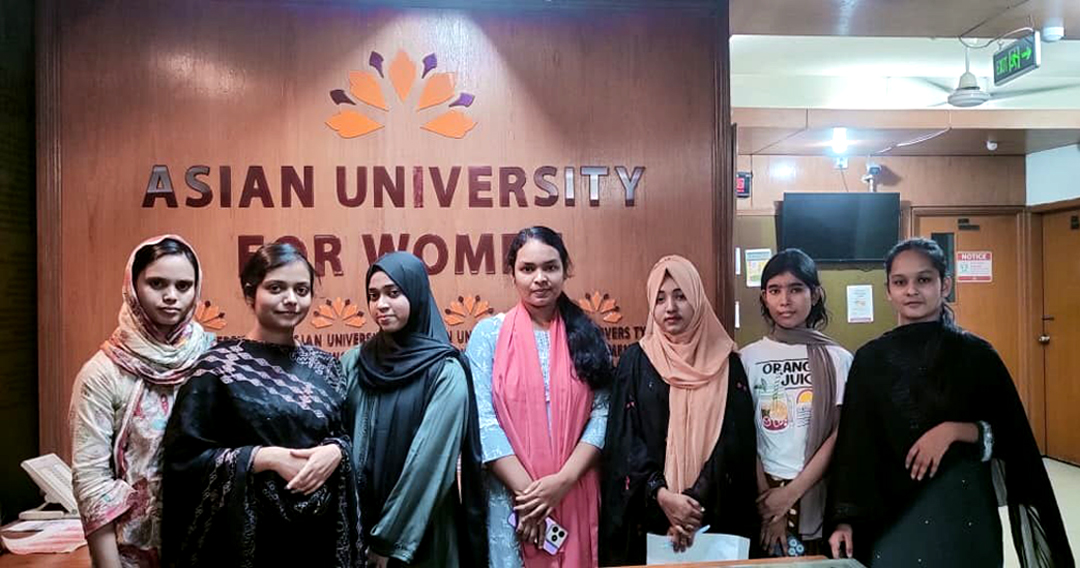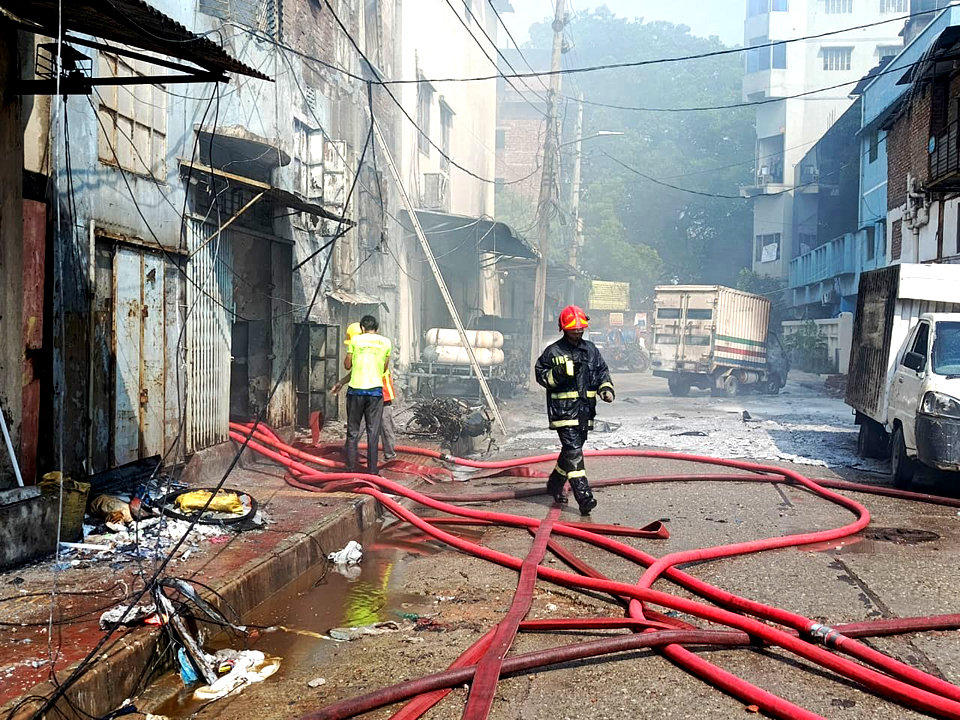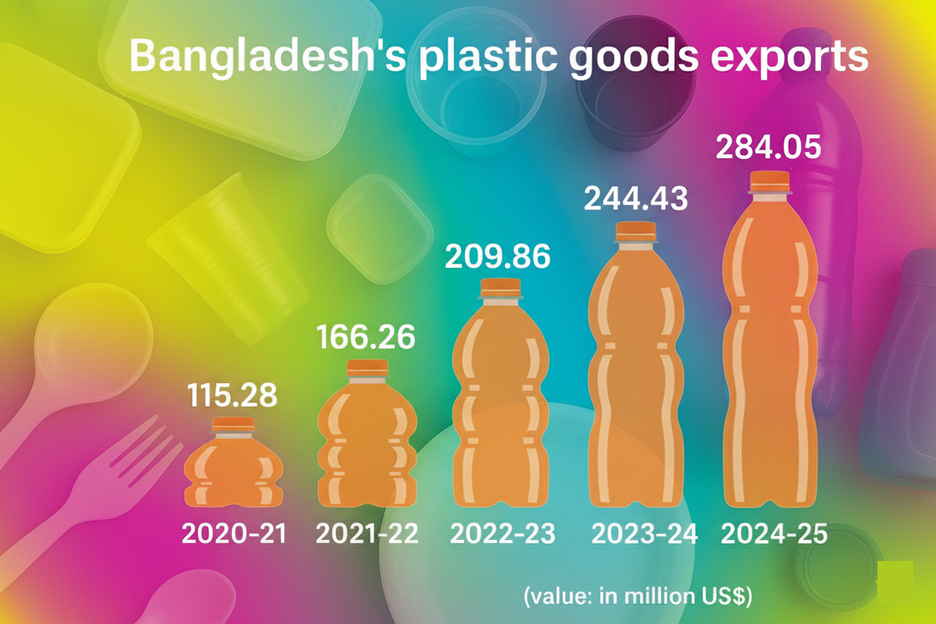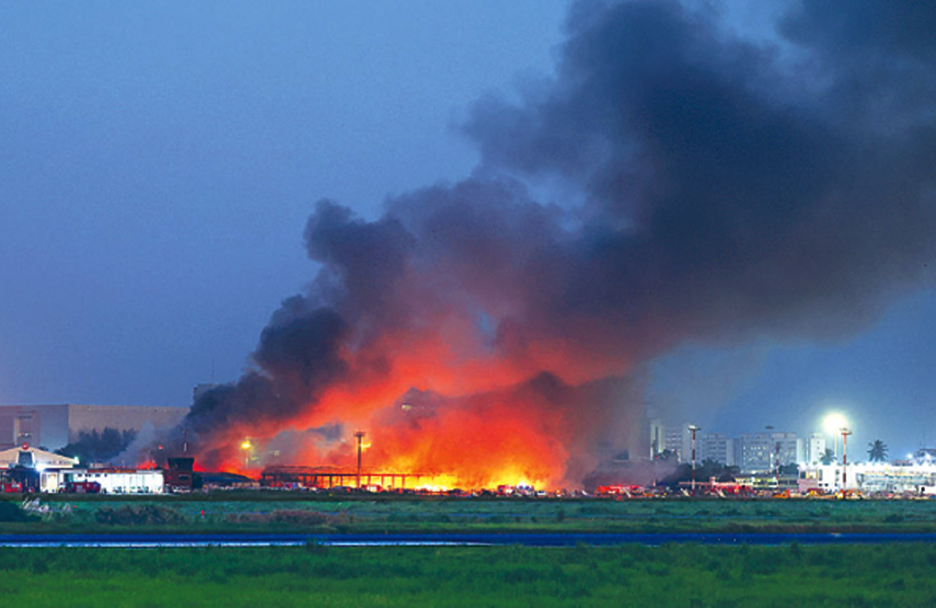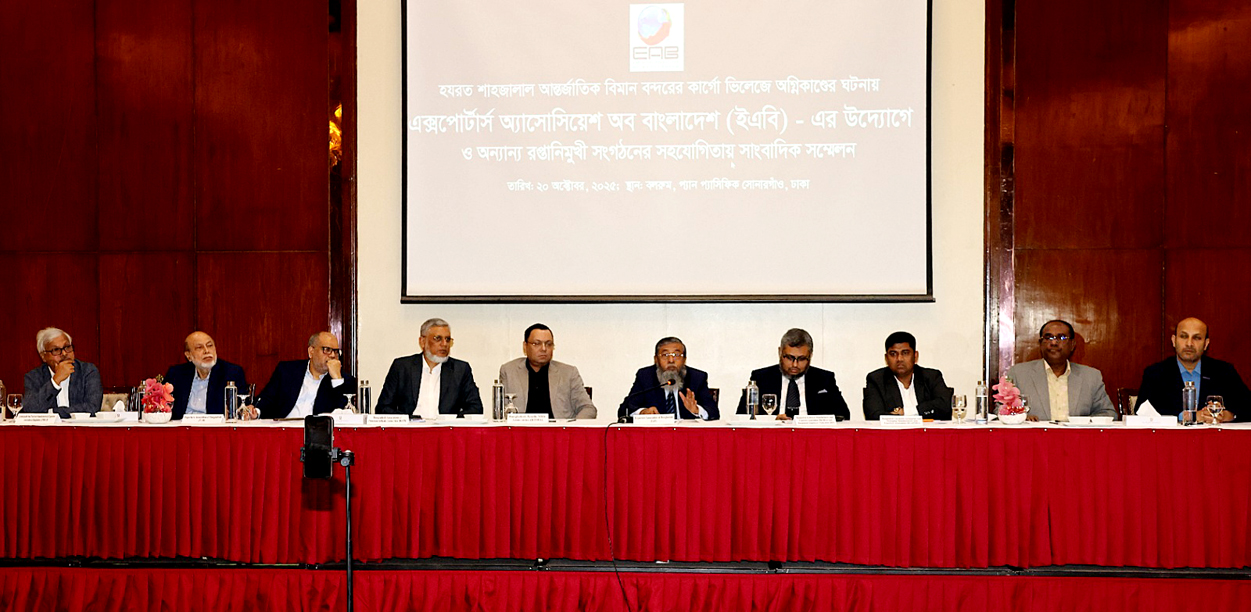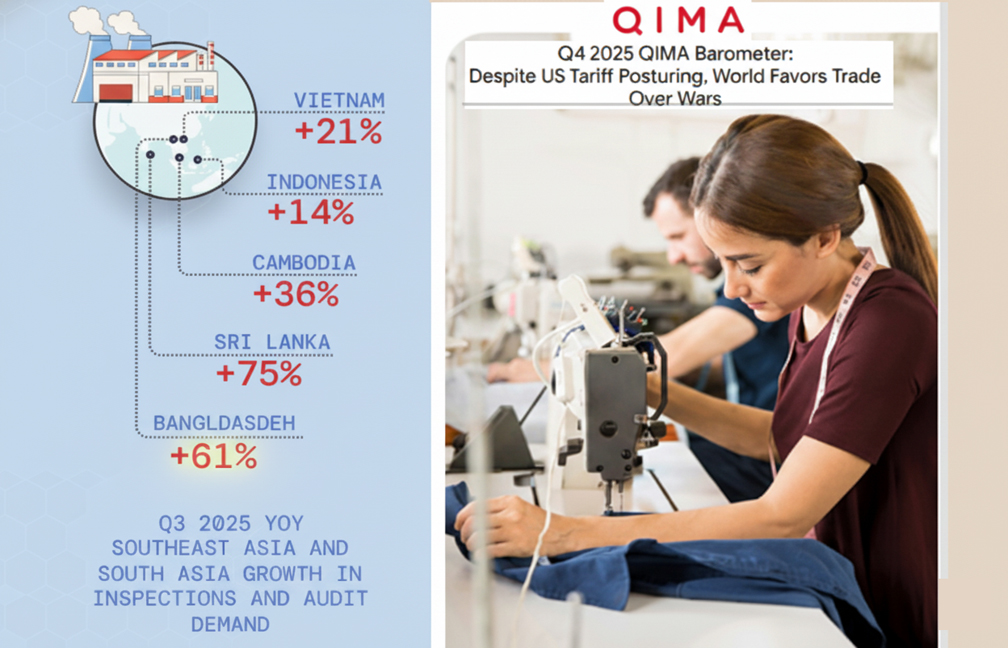Several hundred readymade garment (RMG) factories across Bangladesh, unaffiliated with the country’s main trade bodies—the Bangladesh Garment Manufacturers and Exporters Association (BGMEA) and the Bangladesh Knitwear Manufacturers and Exporters Association (BKMEA)—are operating with limited oversight and inadequate safety measures, raising serious concerns for workers, industry insiders said.
Many of these non-member factories, frequently engaged in subcontracting, export to non-traditional markets where buyers do not consistently enforce strict labour and safety standards, leaving them largely outside the formal inspection programmes introduced after the Rana Plaza tragedy in 2013.
Following the tragedy, which claimed the lives of more than 1,100 people—mostly RMG workers—around 3,500 export-oriented factories affiliated with BGMEA or BKMEA were inspected by Western retailers through the erstwhile Accord and Alliance programmes, as well as under an ILO-government joint initiative.
Factories outside these associations, however, were largely excluded from fire, electrical, and structural safety inspections.
Industry sources said that the number of such non-member factories has grown over time, largely due to the surge in subcontracted work to meet rising export orders.
The issue came under renewed scrutiny following the fire at Mirpur on October 14, which claimed at least 16 lives, highlighting the reluctance of trade bodies to assume responsibility for non-member units when accidents occur.
Mapped in Bangladesh (MiB), a five-year project initiated in April 2017 to create a digital database of RMG workers and factories, has identified 815 non-member factories exporting 80 per cent or more of their products.
Another 521 factories partially export between 20 and 79 per cent of their production. These 1,336 factories collectively employ around 260,000 workers, according to MiB.
The database, covering factory names, addresses, GPS locations, registration status, building types, worker numbers, exporting countries, customers, and certification, reveals that one-third of these non-member factories, or 494 units, lack registration or licensing from the Department of Inspection for Factories and Establishments (DIFE).
Only 68 of these factories are listed with the RMG Sustainability Council (RSC), which succeeded the Accord and Alliance programmes.
Furthermore, 524 factories do not hold fire service licenses, although 821 have the necessary approvals.
A study by the Centre for Policy Dialogue (CPD) said that a shortage of workers relative to high export orders has led to the proliferation of subcontracted factories, which often operate with minimal inspection from both government authorities and international buyers.
Industry insiders said that many of these non-member factories were linked as sister concerns to larger BGMEA or BKMEA members.
Research titled ‘Modern Slavery and Child Labour in Bangladesh’s Garment Sector: Documenting Risks and Informing Solutions,’ found that human rights violations—including child labour, underpayments, safety risks, and abuse—are significantly higher in subcontracted factories than in direct exporting units.
The report saidthat Bangladesh’s low labour costs, large workforce, and weak regulations have created a supply chain focused on cheap prices and quick production.
It said this has encouraged indirect sourcing, where workers are employed in factories that supply foreign brands through bigger intermediaries.
Subcontracting plays a crucial role in maintaining production levels, allowing larger factories to handle sudden surges in orders, particularly during peak seasons, the report said.
However, these indirect suppliers often operate under tight margins with minimal oversight, creating conditions ripe for labour rights abuses and safety violations.
BGMEA senior vice-president Inamul Haq Khan said that ensuring safety compliance in non-member factories was primarily the government’s responsibility, noting that BGMEA and BKMEA were accountable only for the units registered with their organisations.
He also emphasised the need to raise awareness about these factories, as many of them supply the local market.
Sammilito Garment Sramik Federation president Nazma Akter criticised the trade bodies for their reluctance to include non-member factories in the formal system.
She observed that international brands also bore responsibility, since subcontracted factories were an essential part of the supply chain.
Referring to the recent Mirpur fire, Nazma questioned the effectiveness of DIFE’s oversight and how factories continued to operate without compliance in residential areas.


